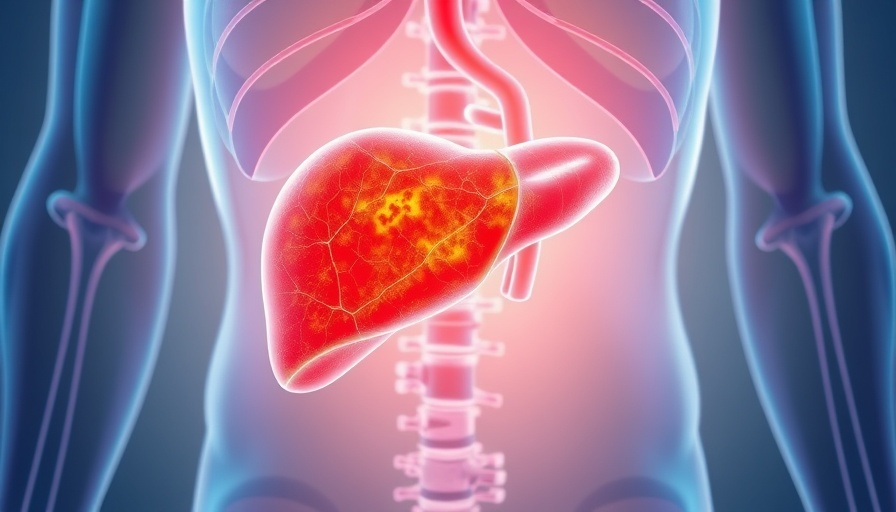
Understanding Advanced Hepatocellular Carcinoma Treatments
Advanced hepatocellular carcinoma (HCC) is a challenging cancer that significantly impacts patients' quality of life and survival rates. In a recent meta-analysis, a network of studies comprising 6,425 participants showcased the evolution of first-line treatments since 2018, focusing on combinations of immune checkpoint inhibitors and their effectiveness.
Atezolizumab Plus Bevacizumab: Leading the Charge
According to the findings, the combination of atezolizumab and bevacizumab stands out as the most promising first-line treatment, demonstrating a high probability of delaying deterioration in various quality-of-life domains. This combination ranks highest for global health status, abdominal swelling, jaundice, and pain management, revolutionizing how HCC can be approached therapeutically.
Quality of Life Dimensions Matter
Quality of life (QoL) has become an increasingly critical component of evaluating cancer treatments. The study utilized comprehensive questionnaires to yield insights across six domains: global health status, physical functioning, fatigue, jaundice, pain, and abdominal swelling. Weighted scores, known as Surface Under the Cumulative Ranking (SUCRA), reflected how each treatment option performed, providing a more holistic view of patient well-being.
Comparative Performance of Treatments
While atezolizumab plus bevacizumab topped the charts, sintilimab plus IBI305 also demonstrated considerable promise, particularly concerning overall survival benefits. It showed strong rankings in reducing pain and fatigue, presenting healthcare providers with multiple effective options tailored to patient needs. Meanwhile, treatments like tislelizumab emerged as viable alternatives by preserving physical functioning, appealing to those prioritizing QoL.
The Implications of Choosing the Right Approach
As the treatment landscape continues to evolve, it becomes increasingly important for clinicians and patients to weigh the evidence carefully. The findings suggest prioritizing therapies that not only extend survival but also enhance patients' overall quality of living. This dual-focus approach is vital in improving patient satisfaction and treatment adherence.
Future Directions in HCC Treatment
The meta-analysis underscores a critical shift in cancer care: the integration of health-related quality of life metrics alongside standard survival outcomes. As researchers and healthcare professionals embrace this comprehensive perspective, they open doors to innovative treatment modalities that aspire to not only lengthen life but also enrich the quality of it.
In conclusion, as advanced HCC continues to pose substantial challenges, staying informed about the latest treatment options is essential. Patients and providers should collaborate closely to select approaches that align seamlessly with their health goals.
 Add Row
Add Row  Add
Add 




Write A Comment